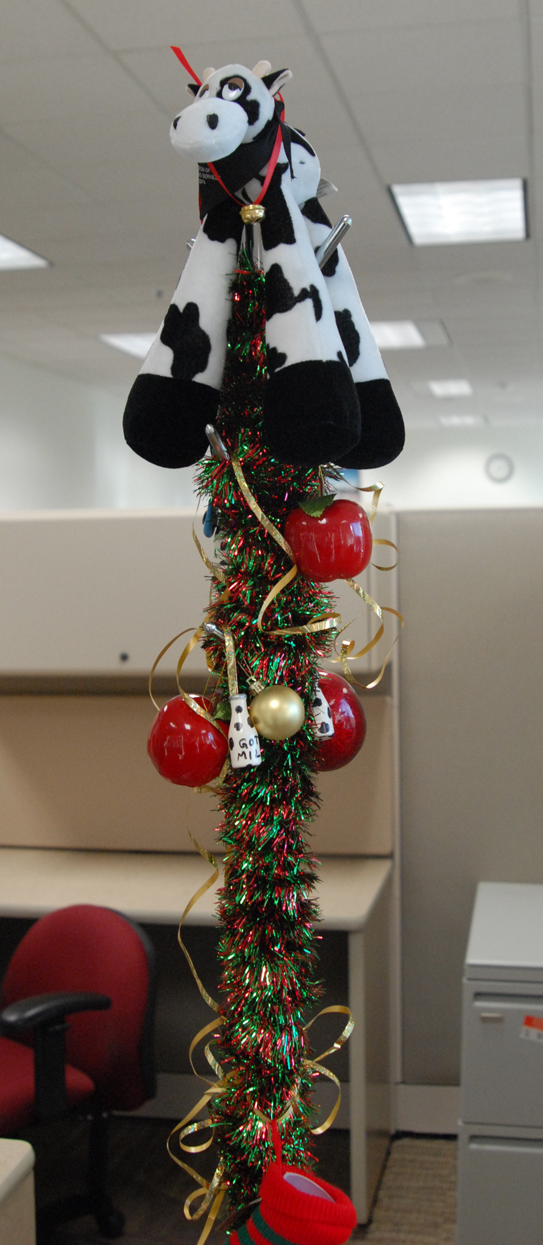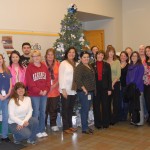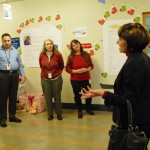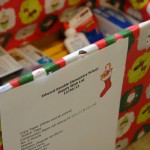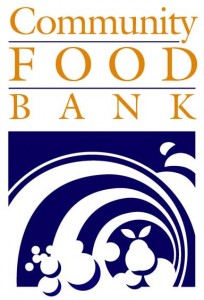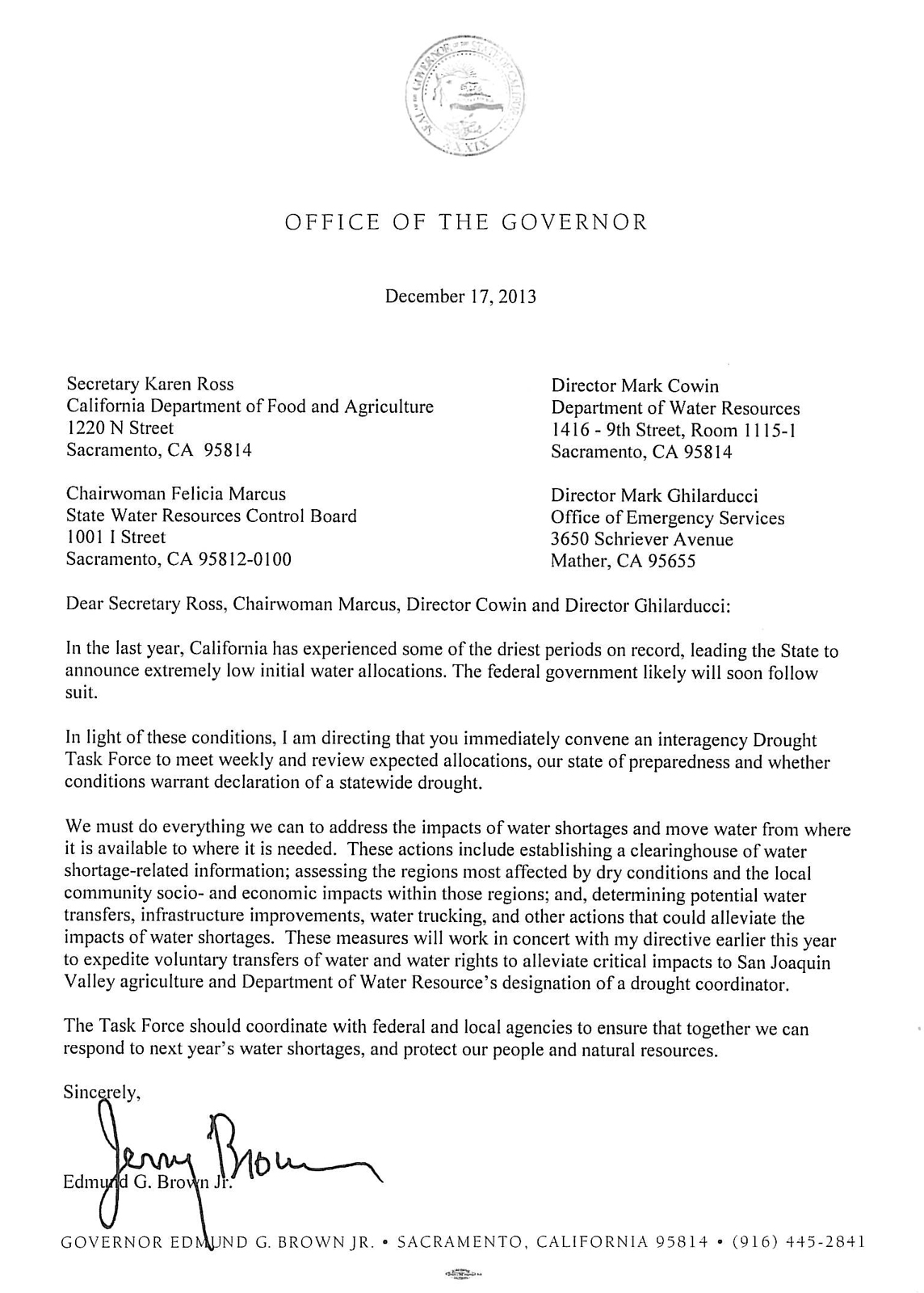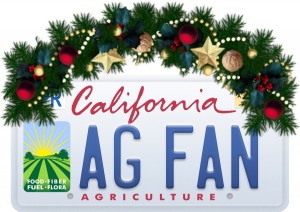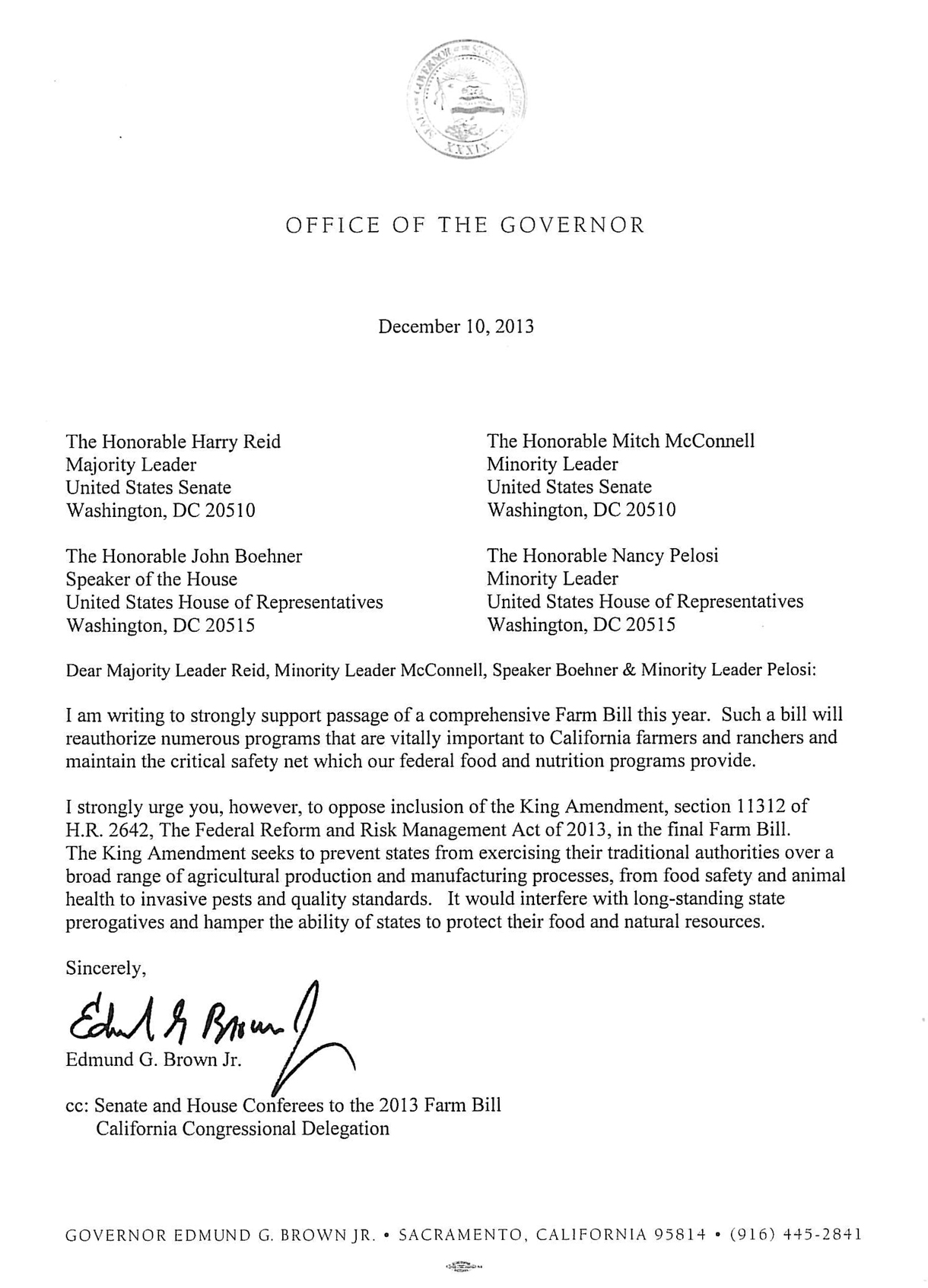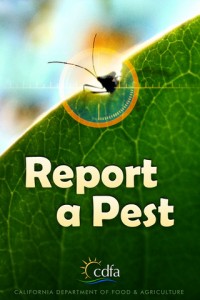http://www.water.ca.gov/news/newsreleases/2013/121713.pdf
The Department of Water Resources (DWR) has mobilized a new drought management effort to prepare for and reduce potential impacts of what is expected to be a third straight dry year in 2014.
DWR Director Mark Cowin said the department is focusing its personnel and programs “to offset potentially devastating impacts to citizen health, well-being and our economy.”
Cowin has appointed Bill Croyle to lead the effort as department drought manager. Croyle has 30 years of experience in water operations, including seven years as DWR’s flood operations chief and 23 years with the Central Valley Regional Water Quality Control Board.
Jeanine Jones, DWR’s interstate resources manager, was appointed deputy drought manager. A 30-year DWR veteran, Jones has directed the department’s statewide planning program and worked on climate change adaptation programs.
Among DWR’s principal concerns is the plight of farmers who must operate with markedly less water than needed for crops. Especially vulnerable to dry conditions will be farmers –and the farm communities that depend on agricultural jobs — on the west side of the San Joaquin Valley. DWR will also be watching for drinking water impacts in small rural communities whose fractured rock groundwater sources will be stressed by a third dry year.
Today, Tuesday, December 17, DWR is conducting an agricultural drought-preparedness
workshop for agriculture professionals at California State University, Fresno. The workshop is being held in Alice Peters Auditorium from 9 a.m. to 4 p.m. Topics include statewide water conditions and preparing for a dry 2014; State Water Project (SWP) supplies; ground water conditions; water transfers for 2014; pumping efficiency preparedness for drought conditions, and getting by with less water in orchards and vineyards.
In addition, at a January 7 meeting of the California State Board of Food and Agriculture, the State Water Resources Control Board (SWRCB) and DWR will be discussing additional actions by the state to address drought conditions and impacts.
Director Cowin noted that DWR is working with the U.S. Bureau of Reclamation and the
SWRCB to expedite transfers of water from areas with relative abundance to locations with
critical water needs.
“Voluntary water transfers will be key to DWR’s drought response, as they hold the potential to alleviate critical shortages,” Cowin said. “We are making arrangements to bring additional resources with expertise in water transfers to advise the Drought Management Team to assure that the 2014 water transfers approval process is administered efficiently.”
DWR has released a schedule and process for streamlining water transfers in 2014, as directed by Governor Edmund G. Brown Jr.’s May 20 executive order. “We will continue to work with voluntary buyers, sellers, the State Water Resources Control Board and the Bureau of Reclamation to ensure an efficient process,” Cowin said.
California Department of Food and Agriculture Secretary Karen Ross complimented DWR on its efforts to respond quickly. “While 2014 water allocations are not finalized until spring, farmers and ranchers make key decisions in January and February,” said Secretary Ross. “By acting now to streamline water transfers and provide clarity, the administration is helping our agricultural communities prepare for the coming water year.”
Cowin last month announced an initial water allocation of only five percent of requested
deliveries to SWP contractors in 2014. The initial allocation is a conservative estimate of what DWR expects it can deliver as a percentage of the total amount requested by the public water agencies that contract for SWP deliveries. “We hope things improve with this winter’s storms,” Cowin said in making the initial allocation, “but there is no guarantee that 2014 won’t be our third consecutive dry year.”
Supplementing the water transfer program, DWR is working with the Bureau of Reclamation and the federal and state wildlife agencies to improve Delta operations next summer to enhance water delivery capability while meeting endangered species protections.
Cowin said DWR recognizes there will be regional impacts due to dry conditions next year. “It’s still early in the water year,” he said. “The January and February snow surveys will allow us to evaluate water conditions on a statewide basis. As we monitor water conditions, we will consider actions to be included in a potential governor’s drought proclamation.”
-30-
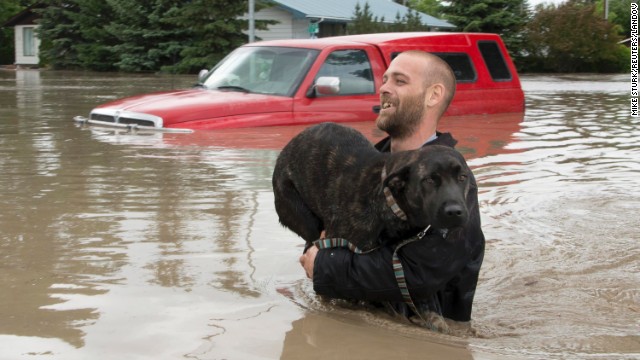 When natural disasters strike, people in their path usually have a very short time to organize their priorities before they’re forced to evacuate. Too often, cherished pets and working animals are left behind to contend with the onrushing catastrophe. Understandably, people can be reluctant to leave without their animals.
When natural disasters strike, people in their path usually have a very short time to organize their priorities before they’re forced to evacuate. Too often, cherished pets and working animals are left behind to contend with the onrushing catastrophe. Understandably, people can be reluctant to leave without their animals.


